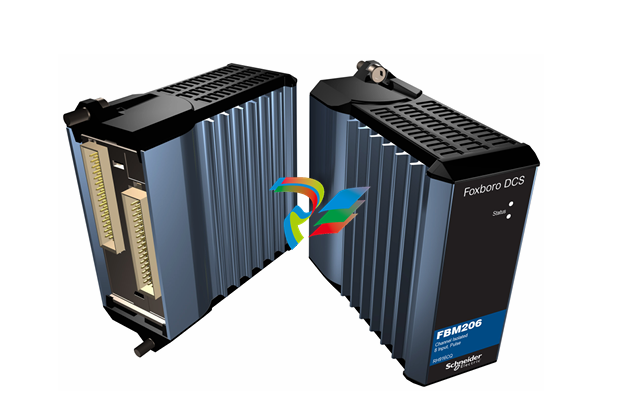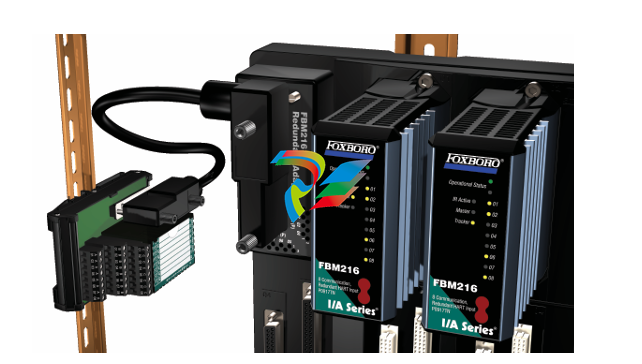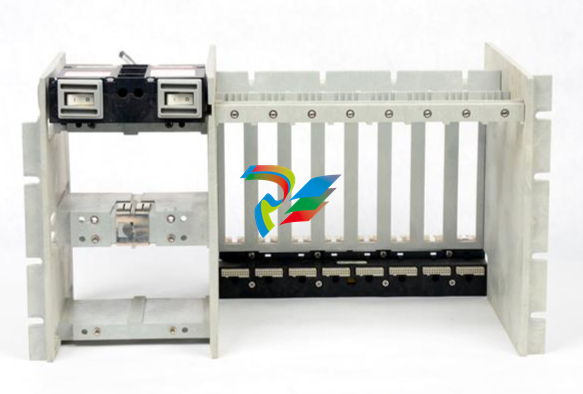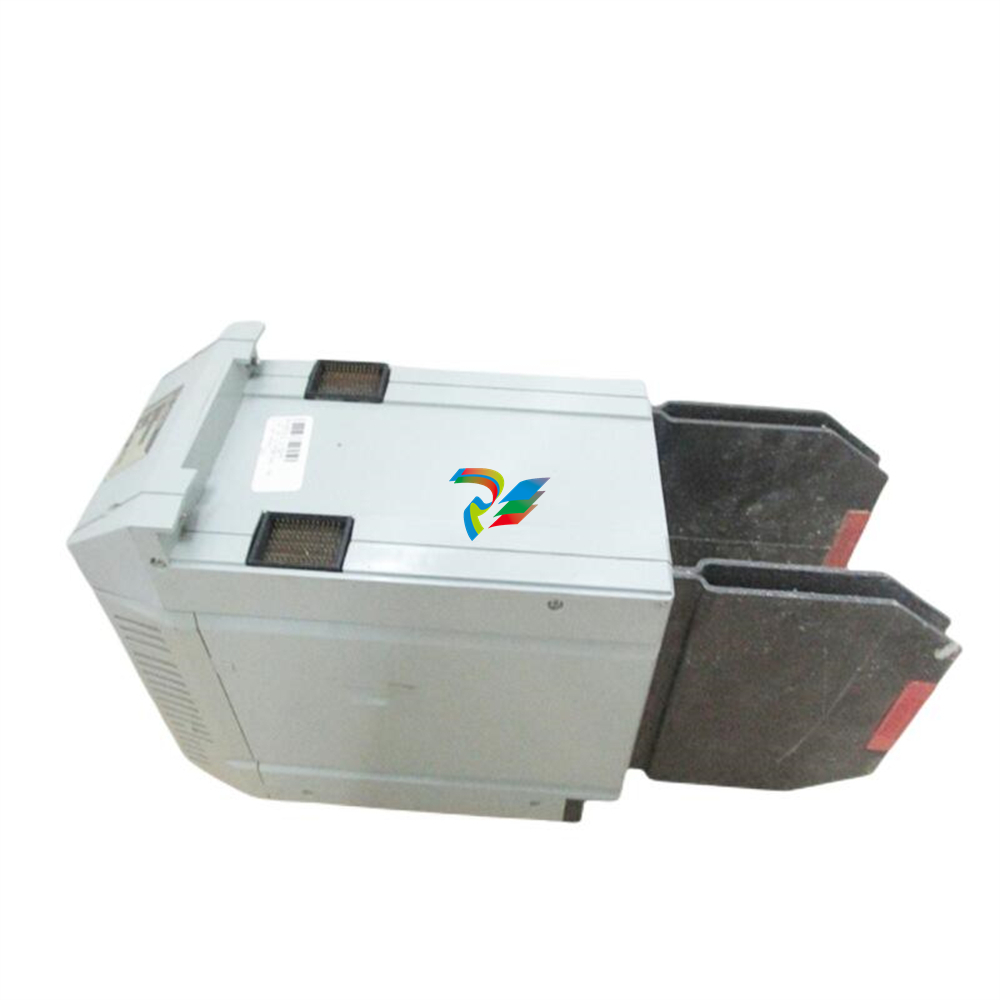
Basler ElectricDECS-200-1C Digital Excitation Control System
Field Current Regulation Operating Mode
DECS-200 provides a manual channel of operation called Field
Current Regulation, or FCR, Mode. In this mode, DECS-200
regulates the field current generated by the internal PWM power
stage. It does not rely on the sensing input to DECS-200 and is,
therefore, a good source of backup excitation control when loss
of sensing is detected. In this mode, control of the generator is
totally dependent upon the operator to maintain nominal generator voltage as the load varies on the generator.
Var/Power Factor Controller Operating Mode
DECS-200 has, as another standard feature, two modes of
operation when the generator is in parallel with the utility power
grid. The DECS-200 has both var and PF modes of operation.
When the generator is in parallel with the utility grid, the DECS200 can regulate the var output of the generator to a specific var
level magnitude or it can vary the var output of the generator to
maintain a specific power factor as the kW load varies on the
generator.
Maximum Excitation Limiters
Overexcitation limiting (OEL) operates in all modes except FCR
mode. OEL senses the field current output of the voltage regulator or static exciter and limits the field current to prevent field
overheating. In FCR mode, the DECS-200 only announces that all
conditions for OEL are fulfilled and does not provide limiting. The
DECS-200 provides two types of overexcitation: Summing Point
and Takeover.
Summing Point Type OEL
Three OEL current levels are defined for on-line operation. They
are high, medium, and low. The generator can operate continuously at the low OEL current level and for programmed times at
the high and medium OEL current levels. Two OEL current levels
are defined for off-line (main breaker open) operation. They are
high and low. The generator can operate continuously at the low
OEL current level and for a programmed time at the high OEL
current level.
FEATURES/FUNCTIONS, continued
Takeover Type OEL
The field current level at which limiting occurs is determined by an
inverse time characteristic. Two current levels and a time dial
setting are defined for the takeover-style OEL limiter. Separate
curves may be selected for on-line and off-line operation. If the
system enters an overexcitation condition, the field current is
limited and made to follow the selected curve. The selection of
on-line or off-line OEL levels/curves is determined by an OEL
option selection.
Minimum Excitation Limiter
The minimum excitation limiter limits the amount of excitation
supplied to the field of the generator from dropping below unsafe
operating levels. This prevents the machine from possibly slipping
poles and from damaging the machine. It limits the amount of
vars being absorbed by the machine, based on user-definable
settings. An internally generated Underexcitation Limiting (UEL)
curve can be utilized based on a var level at 0kW, or a
customizable 5 point UEL curve can be selected to match specific
generator characteristics.
Stator Current Limiter
The stator current limiter (SCL) senses the level of stator current
and limits it to prevent stator overheating. The SCL operates in all
modes except FCR. In FCR mode, the DECS-200 only announces
that a stator overcurrent condition exists; it does not provide
current limiting. Two SCL current levels are provided: high and
low. The generator can operate continuously at the low SCL level
but only for a programmed time at the high SCL level.
Internal Autotracking Between DECS-200 Operating
Modes
DECS-200 is an intelligent device that can provide autotracking
(autofollowing) of the controlling mode by the non-controlling
modes. This allows the operator to initiate a controlled, bumpless
transfer of the DECS-200 operating modes, causing minimum
amounts of line disturbance for the power system. This feature
can be used in conjunction with a set of protective relays to
initiate a transfer to a backup mode of operation, such as FCR
mode, upon the detection of a system failure or fault, i.e., loss of
sensing.
External Autotracking between Dual DECS-200 Units
(Optional)
A DECS-200 can also follow (autotrack) a second DECS-200 unit.
The second DECS-200 is put into a specific operating mode and
follows the excitation level of the first. In the unlikely event of a
failure of the first DECS-200, protective relays can initiate a
transfer of control from the first to the second DECS-200.
Protective Functions
There are several protection functions built into the DECS-200
unit. These functions may be used as backup to the primary
protection relays and can be assigned programmable output
contacts via the PC software. The protection features offer fully
adjustable tripping levels and time delays. The protective features
are as follows:
• Generator Overvoltage • Watchdog Timer
• Generator Undervoltage • Loss of Sensing
• Field Overvoltage • Loss of field
• Field Overcurrent • EDM Exciter Diode Monitor
Sequence of Events Recording (SER)
A sequence of event report (SER) is a very powerful tool when
reconstructing the exact timing of an event or disturbance. The
DECS-200 monitors its contact inputs and outputs for a change of
state, system operation changes, and alarm conditions. If any of

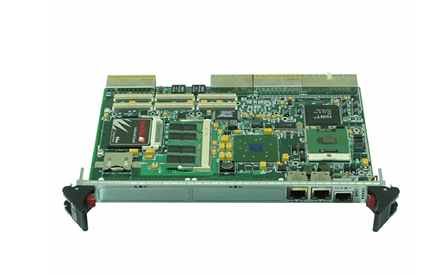
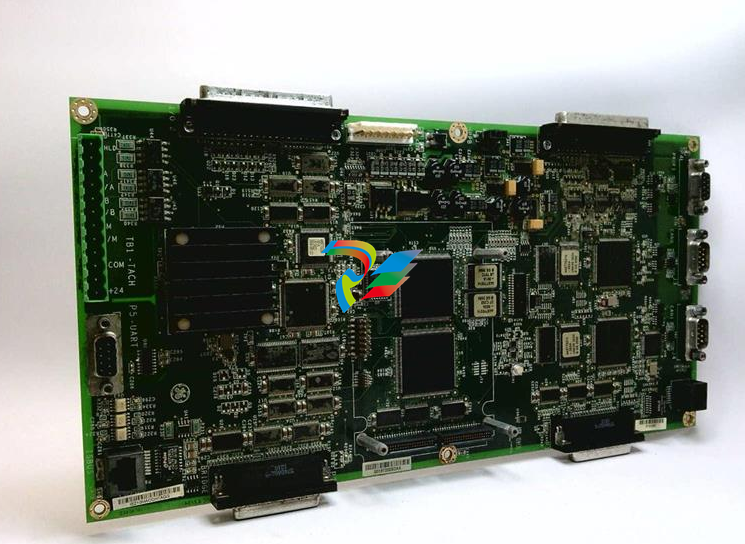


.jpg)
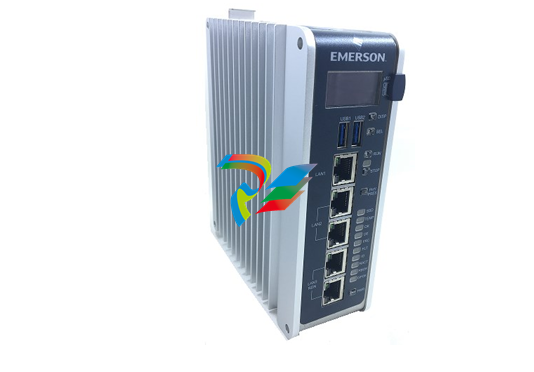
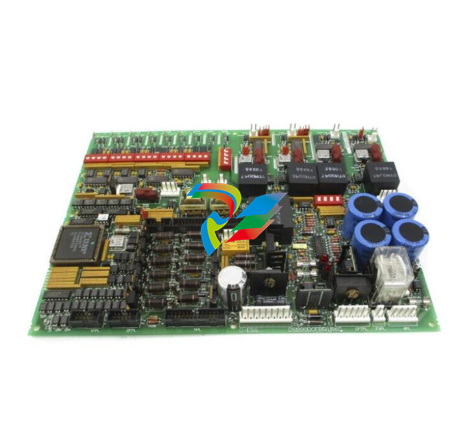

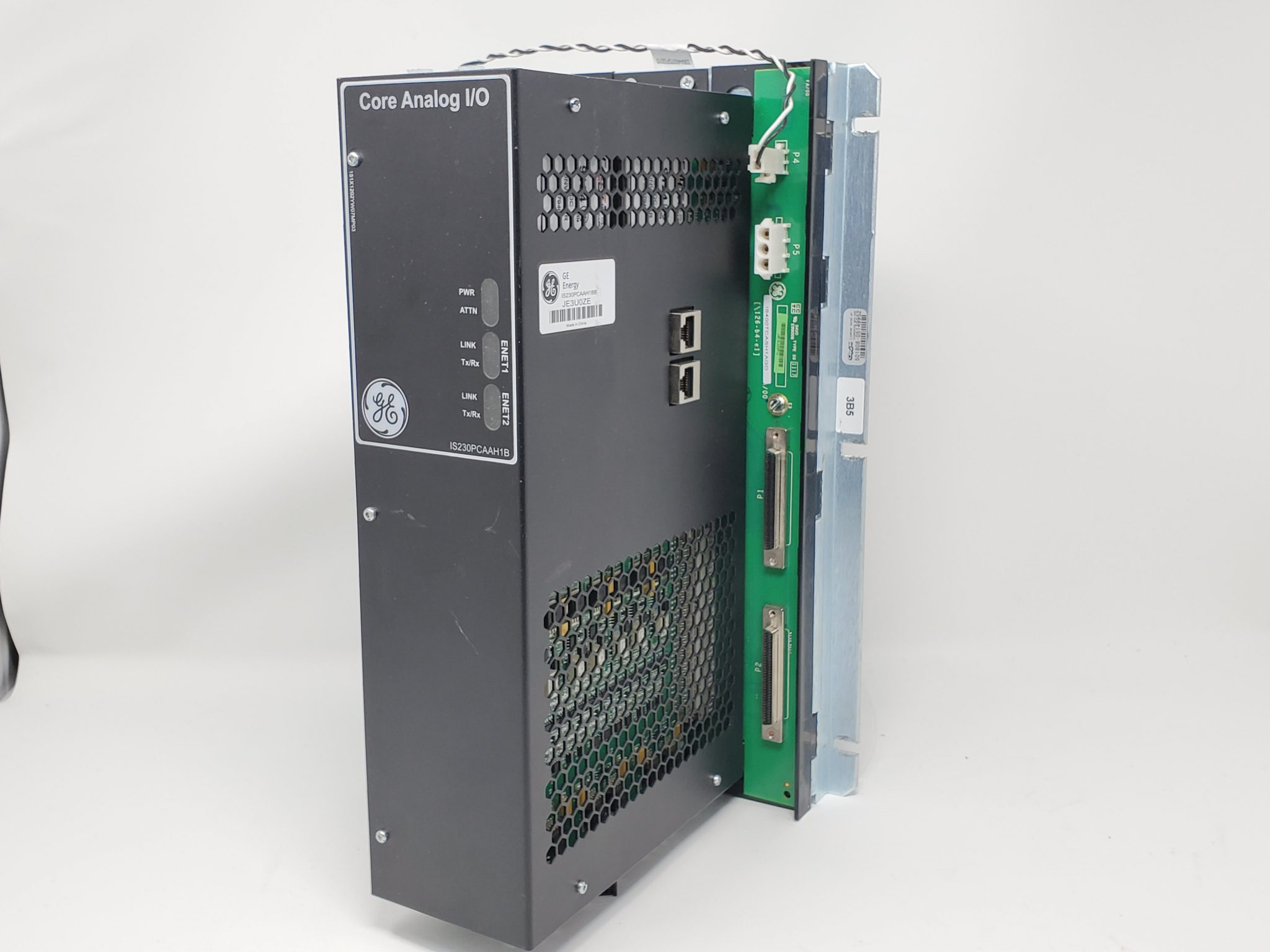

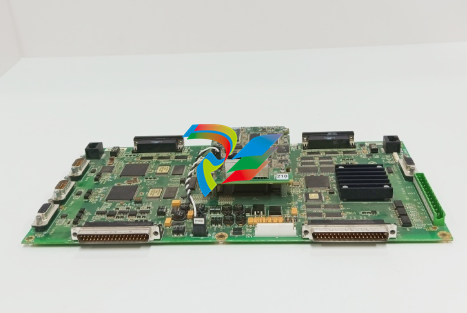
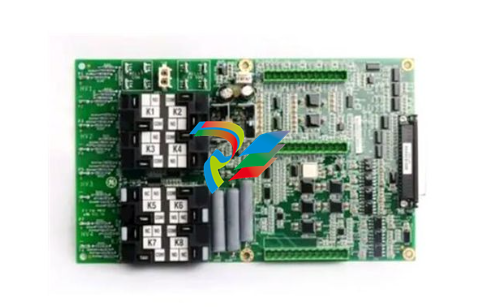
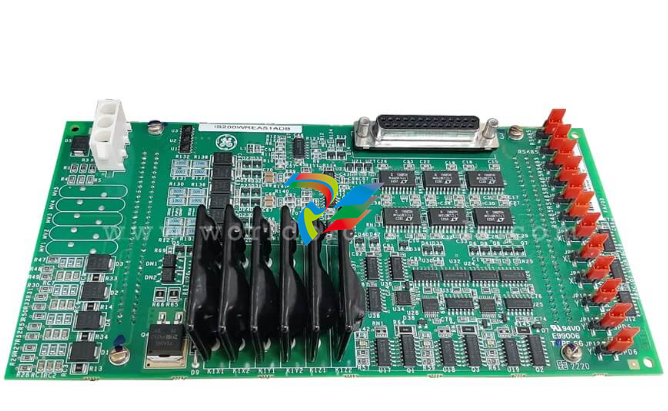
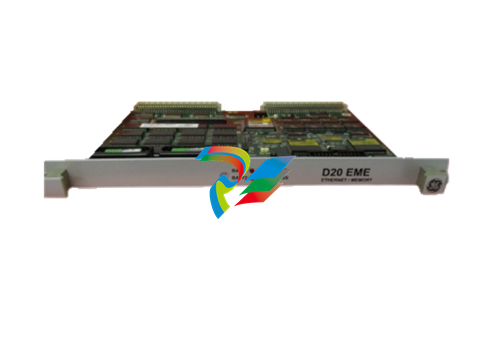
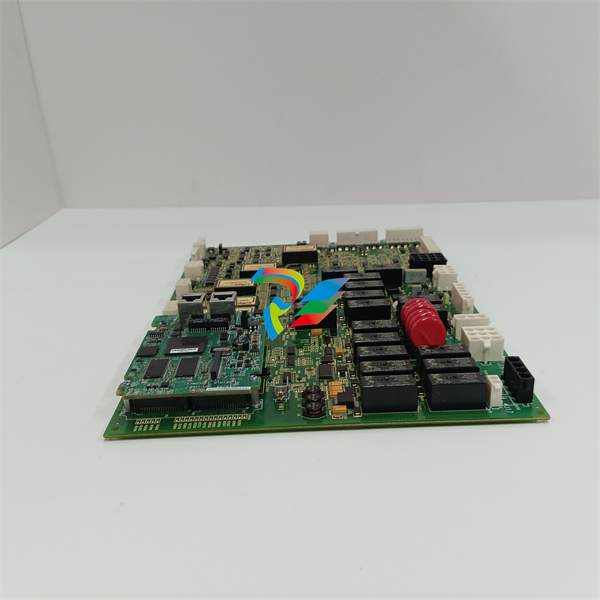
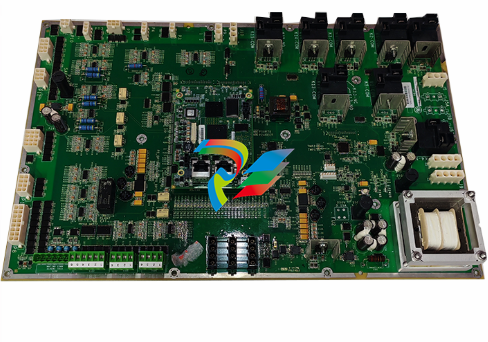
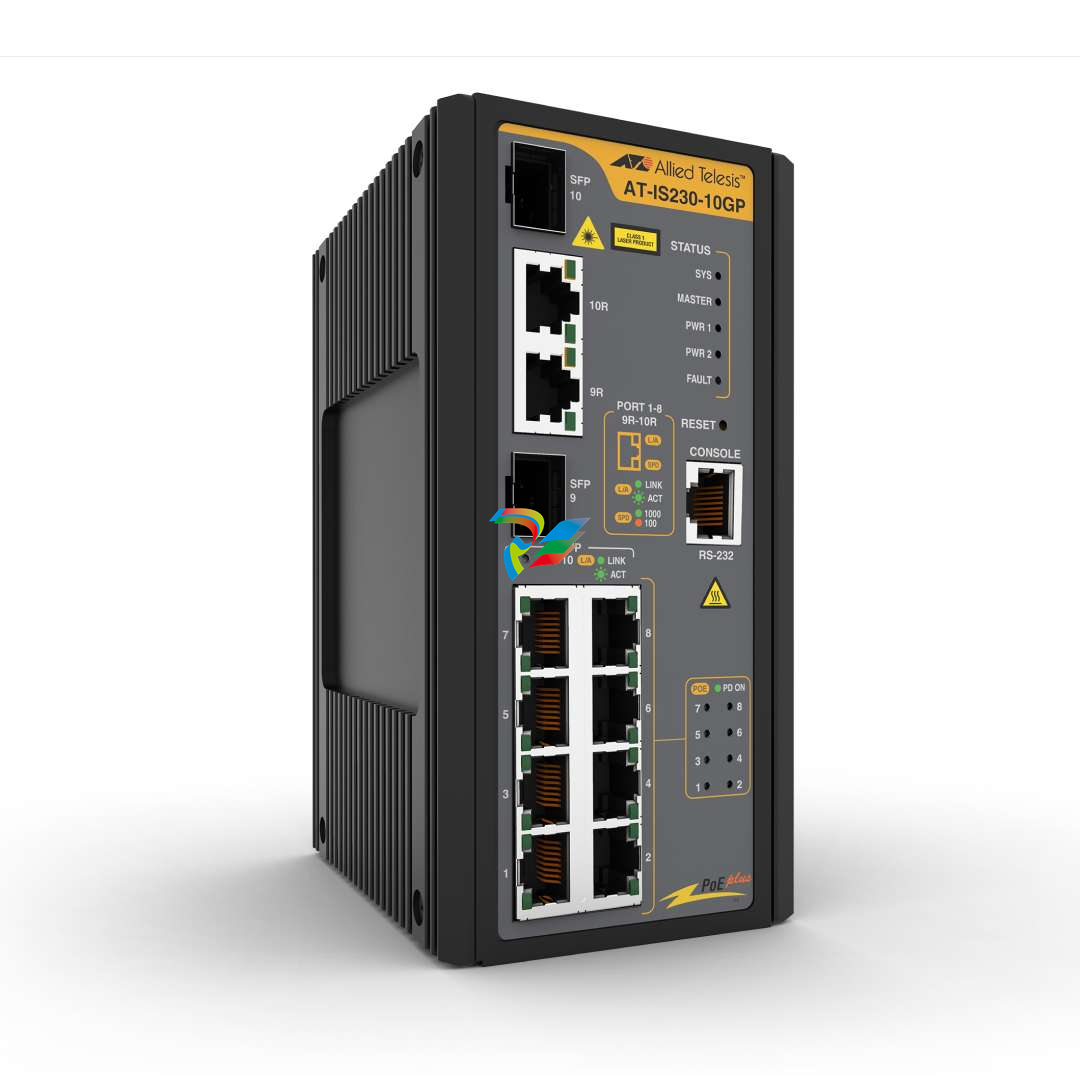
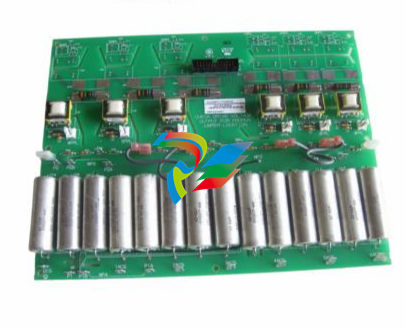

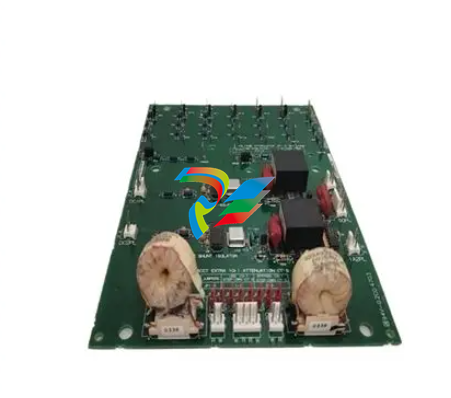

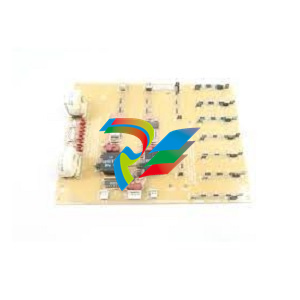
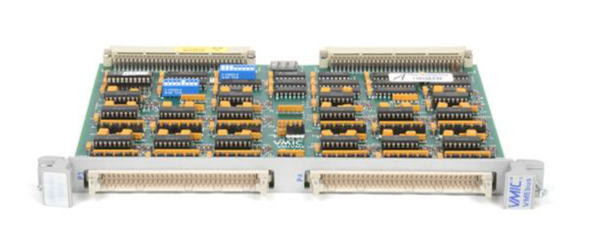
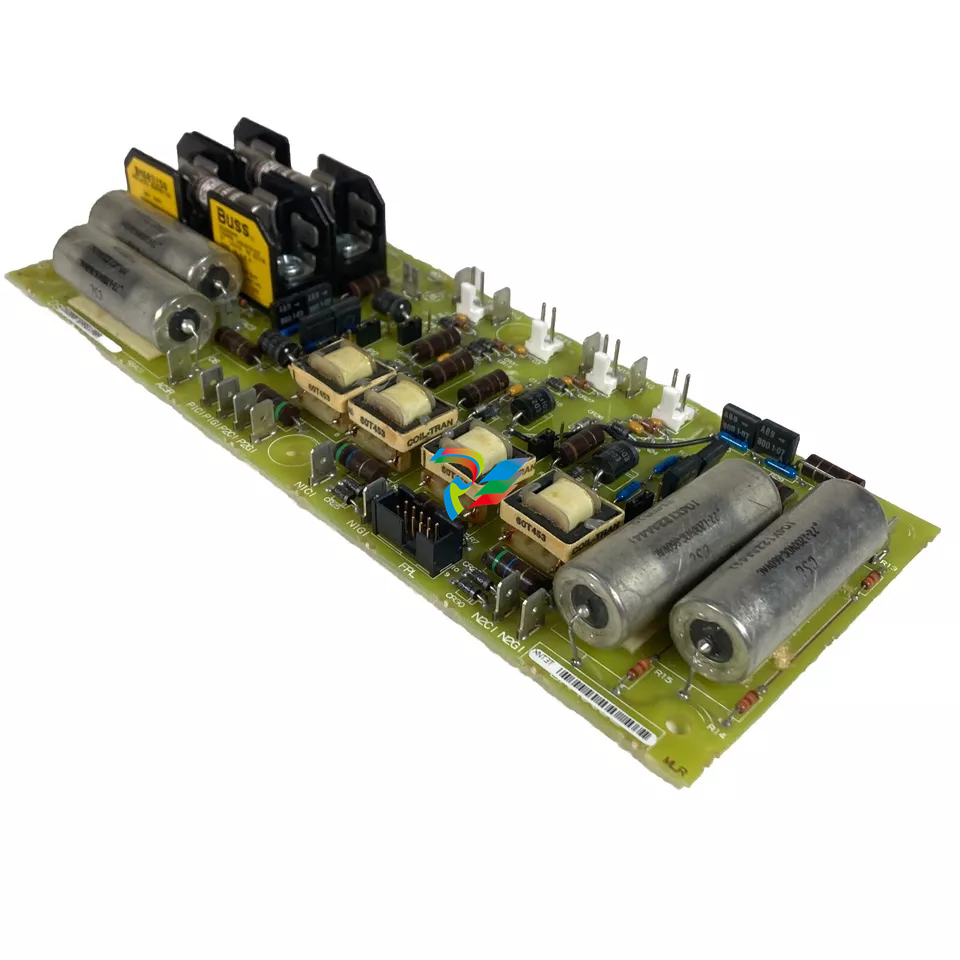
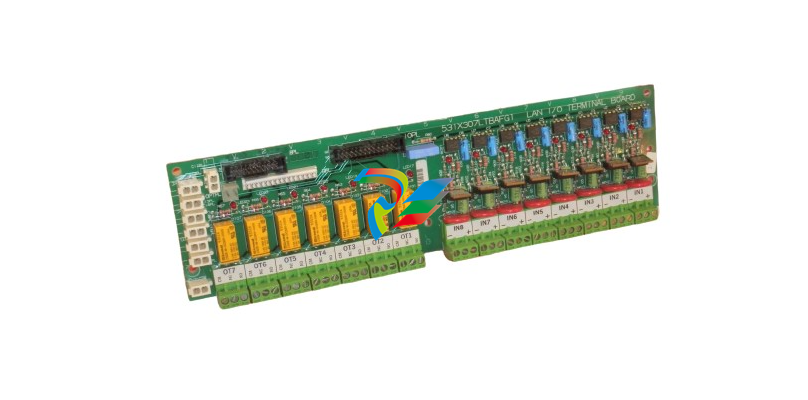



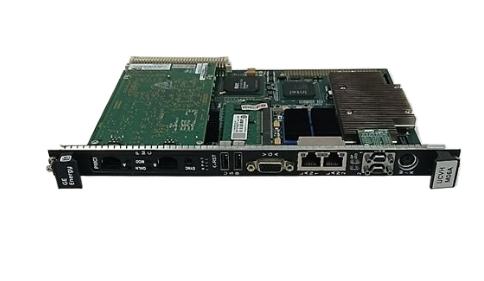
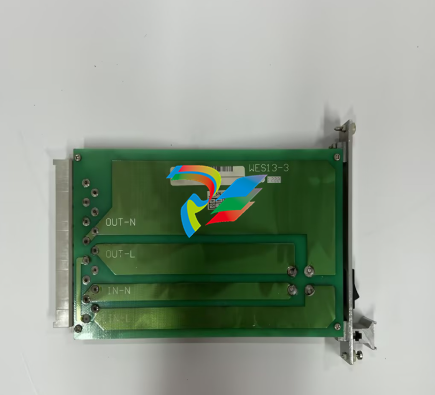
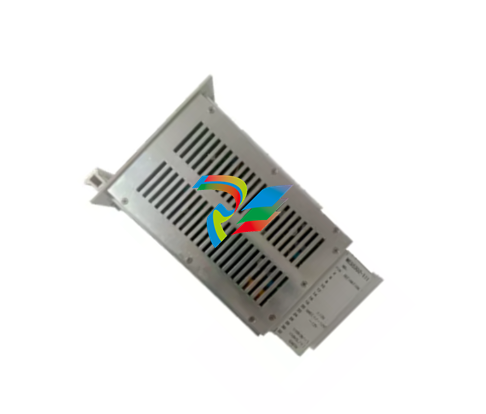
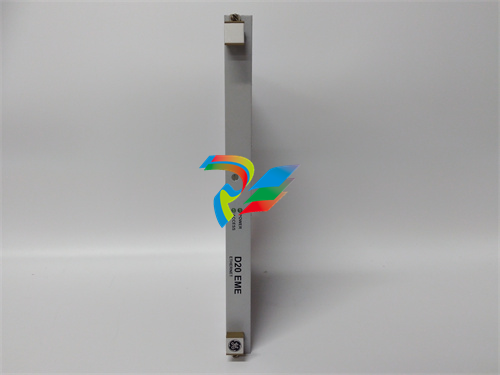
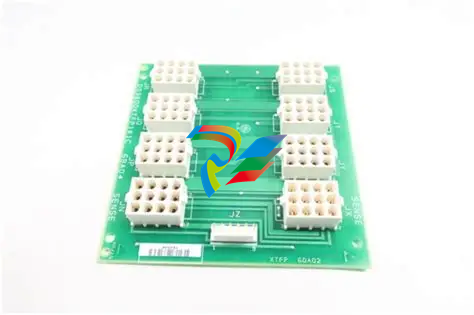






































.jpg)
.jpg)





.jpg)



.png)
.jpg)

.jpg)
_lVjBYb.jpg)

.jpg)
.jpg)



.jpg)
.jpg)





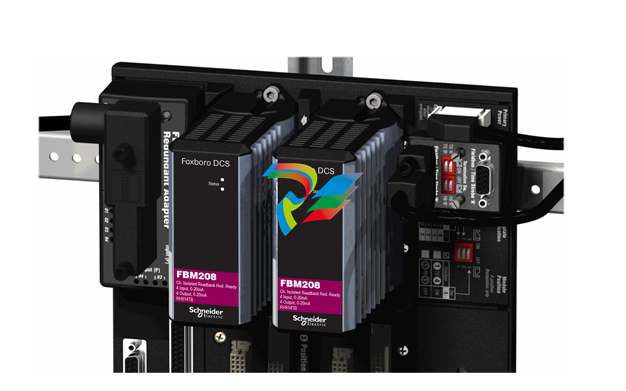
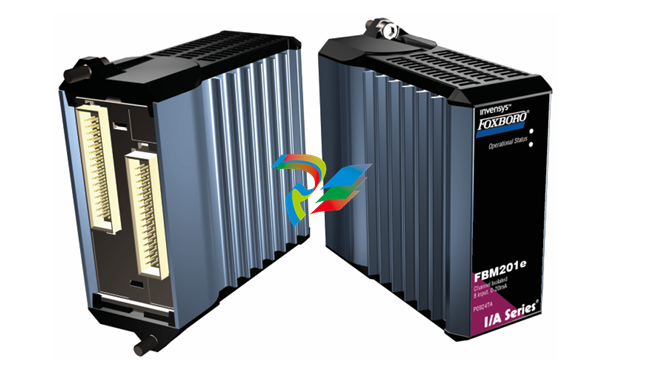
.jpg)
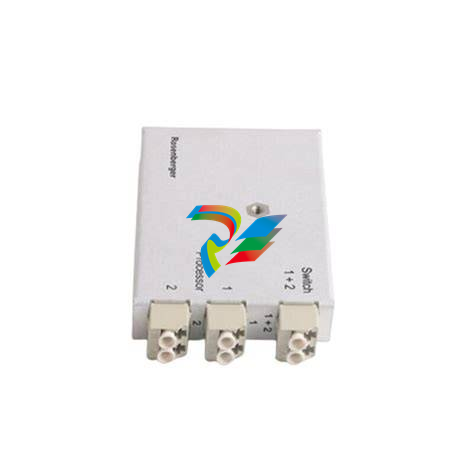
.jpg)
.jpg)
